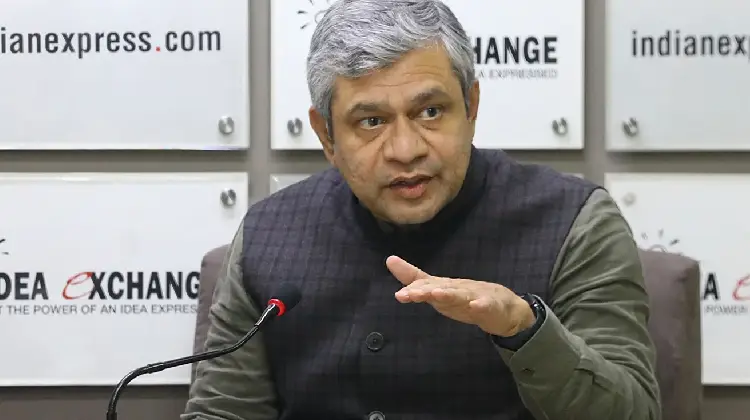The Indian government is reportedly considering a significant amendment to the proposed Broadcasting Services (Regulation) Bill, 2023, with sources indicating that social media platforms may be excluded from its ambit. This potential move, which deviates from earlier drafts that aimed to bring social media content creators and platforms under a unified regulatory umbrella, has sparked a heated debate within the industry and among free speech advocates.
Originally intended to standardize oversight across traditional television, Over-The-Top (OTT) platforms, YouTube channels, podcasts, and other digital-first content creators, the bill had already raised concerns about increased government control. The latest suggestion of excluding social media has now triggered criticism from various stakeholders, who argue it would overlook a major source of misinformation and advertising violations.
Data from the Advertising Standards Council of India (ASCI) highlights the core of this contention: a staggering 94.4% of all advertising violations in FY 2024–25 originated from digital platforms, with a significant concentration on social media. Broadcasters and some industry experts are vocally advocating for the inclusion of social media, asserting that these platforms are responsible for the majority of misinformation and abuses, while traditional media and OTT platforms are already subject to existing regulations or robust self-regulatory mechanisms.
“There is an urgent need to regulate social media platforms. Most fake news stems from these digital platforms,” stated a senior broadcaster, emphasizing that “Television, print, and radio are already heavily regulated. Adding another regulation will only burden the legitimate sector with compliance costs.” Another prominent broadcaster echoed this sentiment, arguing, “The Broadcasting Services Regulation Bill must include social media platforms. They are responsible for the majority of violations and misinformation, not OTT platforms, which are already self-regulated.”
Conversely, OTT platforms continue to resist additional content regulation, arguing that imposing legacy broadcast rules on new-age digital mediums would stifle innovation and investment. A senior representative from an OTT platform, speaking anonymously, asserted, “Regulations designed for traditional media cannot be applied to OTT. Investments in original local content have grown significantly, with over 50% of entertainment spending directed toward pay TV, excluding movies and sports.” OTT companies maintain that they operate under robust self-regulatory norms, including parental controls and content guidelines, and that further regulation would complicate operations and hinder the sector’s rapid growth.
Policy analysts caution against treating curated content (like that on traditional broadcast and OTT platforms) and user-generated social media content under the same regulatory lens due to vastly different content dynamics. While an estimated 50,000 hours of content are created daily across broadcast and OTT platforms with less than 1% of major content violations, social media remains largely unregulated and a “hotbed of misinformation.”
The Parliamentary Standing Committee on Communications and Information Technology has increased pressure on the Ministry of Information and Broadcasting (MIB) to finalize the legislation, while the MIB has indicated the process will take time but promised regular updates. The debate underscores the complex challenge of crafting a comprehensive and equitable regulatory framework for India’s rapidly evolving digital media landscape.
Key Highlights:
- The Indian government is considering excluding social media platforms from the upcoming Broadcasting Services (Regulation) Bill, 2023, despite earlier drafts including them.
- This potential exclusion is sparking debate, with many industry stakeholders arguing that social media is a primary source of misinformation and advertising violations (94.4% of digital ad violations, per ASCI).
- Traditional broadcasters are pushing for social media’s inclusion, citing existing heavy regulation on their own platforms, while OTT platforms resist further regulation, claiming robust self-regulatory norms.
- Policy analysts caution against uniform regulation for curated content (TV/OTT) and diverse user-generated social media content, highlighting the different dynamics and challenges each presents.

